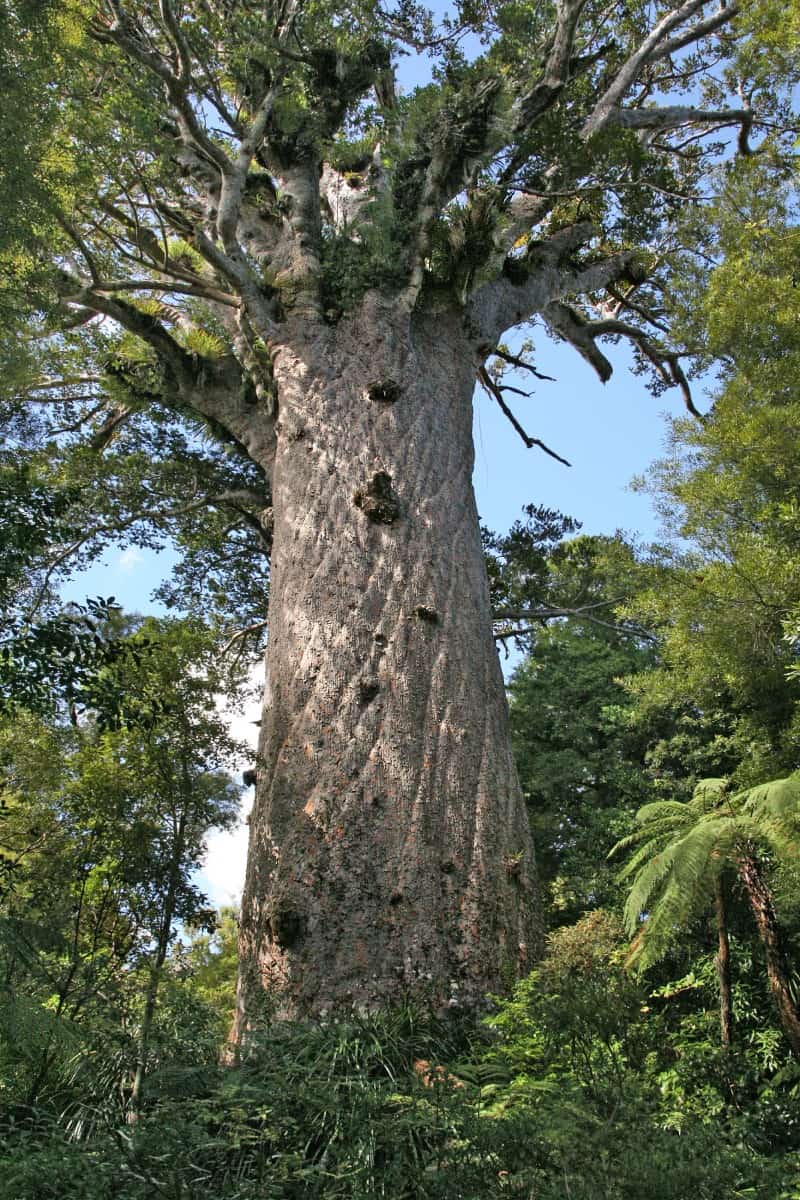
Kauri Tree Facts
- This impressive work of Nature most frequently goes by the deceptively short common name of the Kauri Tree in most parts of its range. It does have a few other general titles, though. These include Dammar pine and Kauri pine, among several others.
- Still other tags include the one of New Zealand Kauri. It’s used to distinguish it from other members of its genus in other areas. In the language of the local Indigenous People, however, this marvel of evolution holds the original designation Kauri.
- Within the scientific community, though, it’s perhaps better known by still a separate appellation. Thankfully, that’s a relatively easy one for the layperson to pronounce. That’s due to the fact that the amazing plant holds the moniker Agathis australis.
- It received that designation due to the efforts of Richard Anthony Salisbury. The respected British botanist accomplished the first official recognition of it as a separate and distinct species. He achieved that scientifically noteworthy feat in the year 1807.
- The situation of the remarkable Kauri Tree is somewhat unusual. Its population remains reduced and scattered, to be certain. Only small, concentrated pockets of the wonder remain. Despite this, however, the IUCN does not list it on its Red List.
- The wonder of evolution obviously faces multiple threats to its continued existence as a species. These include local dangers, such as deforestation. Yet, the tree also faces the global perils faced by all life, those of habitat loss and ongoing climate change.
Related Articles
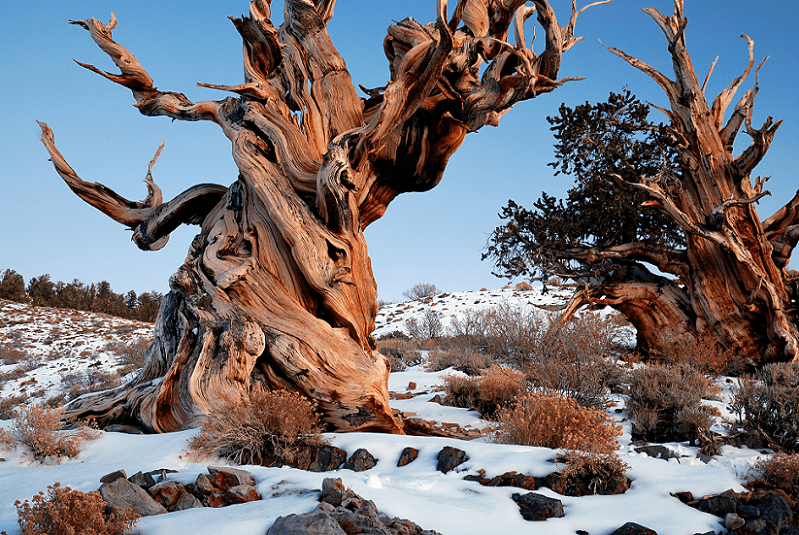
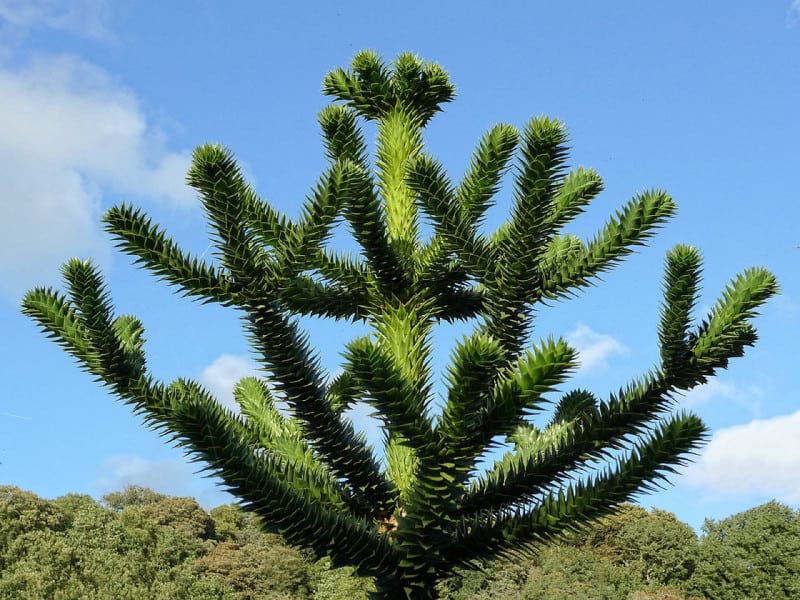
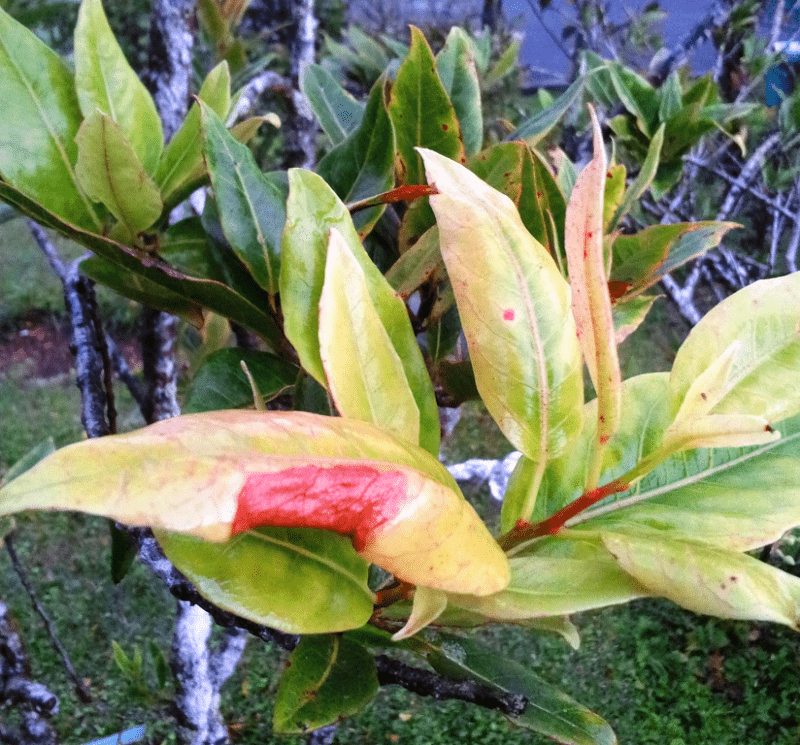
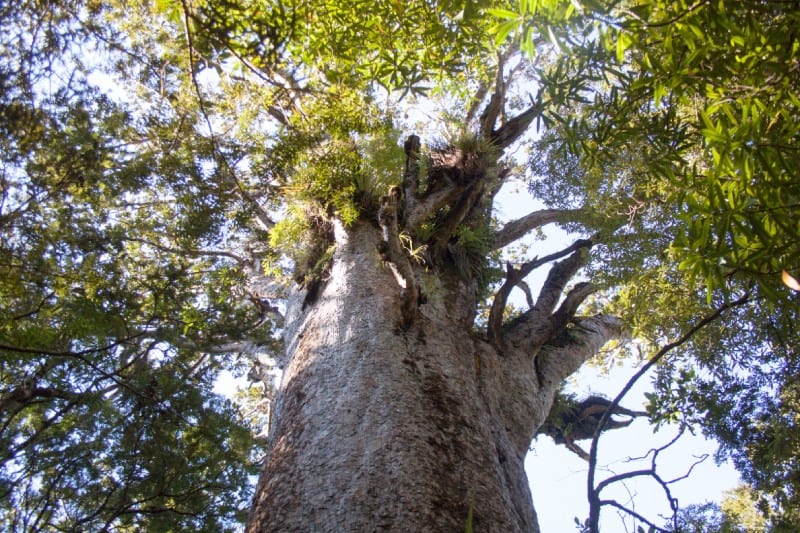
Kauri Tree Physical Description
The fabulous Kauri Tree almost always impresses those fortunate enough to view it. Unlike some flora, though, this marvel does so for a variety of reasons. That’s true since this plant’s not only distinctive and beautiful in appearance, but also attains respectable sizes.
Fully mature specimens reach truly eye-catching proportions. These examples occasionally reach heights measuring as much as an astounding 164 ft (50 m). The majority of these Tracheophytes, however, typically range from approximately 98.4 – 131.2 ft (30 – 40 m).
The trunk of the tree itself generally grows primarily quite vertically, with comparatively little deviation. It’s also quite cylindrical in shape and width. This part typically ranges from 6.6 – 16.4 ft (2 – 5 m)! Some truly exceptional specimens of the species have even larger girths.
Even the covering of this trunk stands out from many of its relatives around the globe. This evolved as thick and corky in structure. It also has a surprising tendency to flake off in large, thick strips. This unique texture helps protect the tree from damage and disease.
Its leaves also serve to augment is appearance and appeal. This foliage develops as oblong in shape, with a leathery texture. Arranged in pairs along the branches, these range in length from 0.8 – 2.8 in (2 – 7 cm). Colored dark green, they’re glossy above and pale beneath.
The branches of crown of the Kauri Tree additionally serve to set it apart. It’s typically dense and rounded. In mature trees, the lower one’s may fall off, resulting in a tall, bare trunk with a high canopy. These spread horizontally, becoming massive, creating a wide canopy.
This wonder of Nature also evolved as coniferous. It therefore possesses sed cones. In its case, it has both male and female cones. The male cones remain somewhat smaller and more rounded than the females. Holding seeds, female cones measure up to 2.8 in (7 cm).
- Kingdom: Plantae
- Phylum: Pinophyta
- Class: Pinopsida
- Family: Araucariaceae
- Genus: Agathis
- Species: A. australis
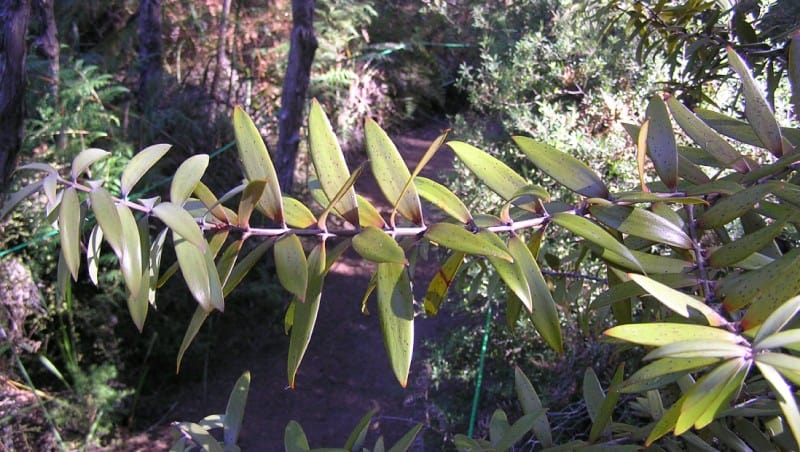
Kauri Tree Distribution, Habitat, and Ecology
Sadly, the stunning Kauri Tree evolved as native to an extremely limited portion of the surface of the earth. The exact location of that zone of habitation won’t surprise many people, though. It’s native to the country of New Zealand, near the continent of Australia.
Yet, even there, this remarkable flora only appears in a small portion of this already restricted habitat range. That’s because it only lives on North Island. Further reducing its territorial range comes the fact that it also only inhabits the northern regions of this site.
The Northland Peninsula serves as the heart of this range, and holds the majority of specimens. South of this, though, the species also appears in the Aukland Region, though in fragmented populations. The Waikato Region represents the southernmost part of its range.
It displays decidedly specific requirements for its habitat preferences, further reducing its chances for expansion. It typically grows in mixed forests, alongside other native species such as rimu, totara, and taraire. These forests are characterized by their rich biodiversity.
It also prefers well-drained, acidic soils and are commonly found on ridges and slopes where water does not accumulate. However, it also grows in a variety of soil types, including sandy, clayey, and rocky substrates. It lives from sea level up to about 2,000 ft (600 m).
Given its nature, the Kauri Tree achieves its pollination via the actions of the wind. Male cones release pollen into the air, especially during dry and windy conditions, which facilitate dispersal. The pollen gets carried by the wind and some of it lands on the female cones.
It also plays a vital role in its ecosystem. The canopies of these marvels provide a unique habitat for a variety of plant species, including plants that grow on other plants, known to science as epiphytes, and understory plants adapted to lower light conditions.
Its presence also supports a wide range of animal species. Birds, insects, and other wildlife find food, shelter, and breeding sites within these forests. The dense canopy and thick bark additionally offer protection and nesting sites for a number of local species.
Species Sharing Its Range
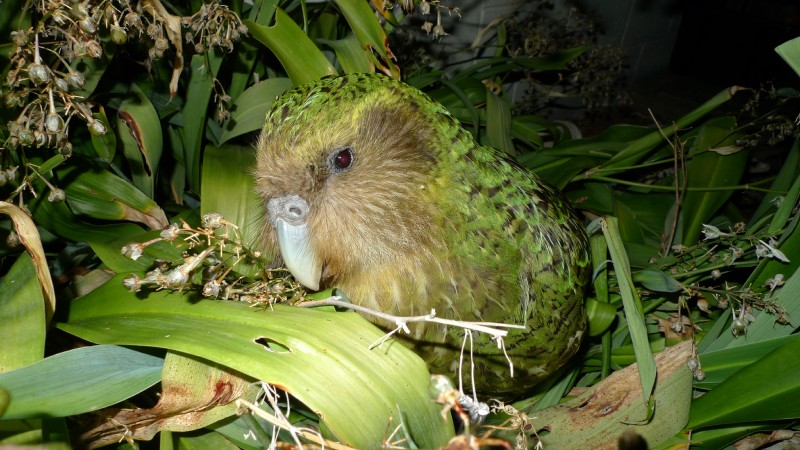
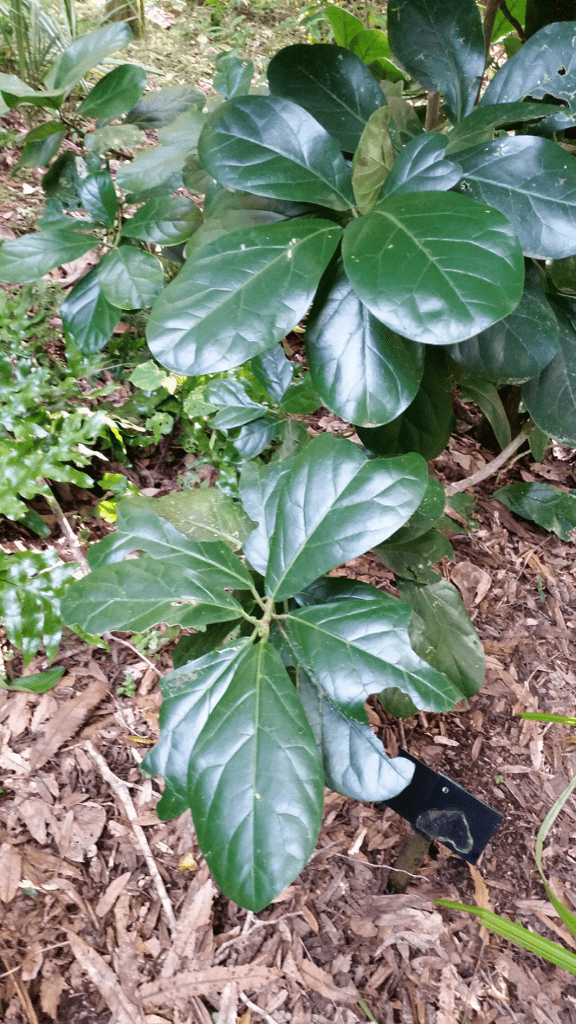
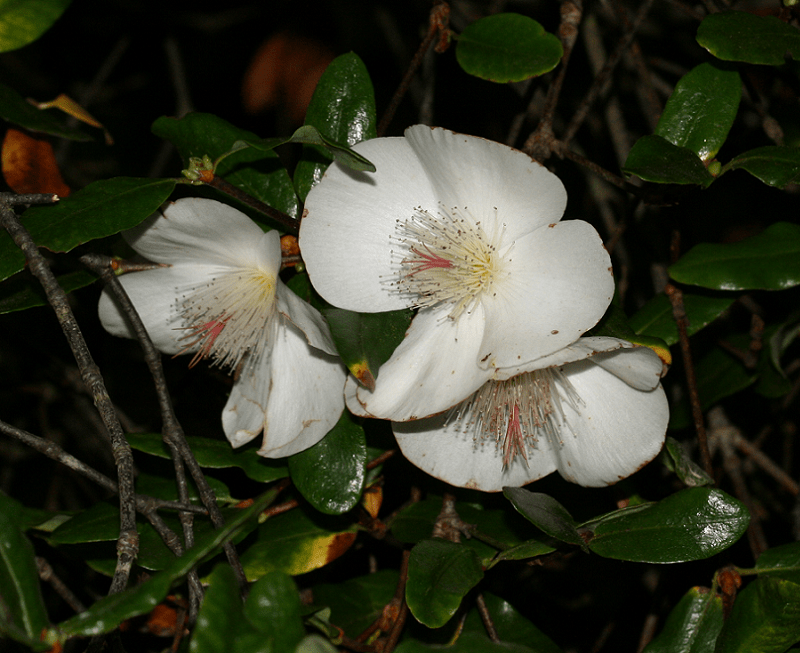
Check out our other articles on Rainbow Eucalyptus, Buddha’s Hand, Macquarie Island, Yellow Throated Marten, Giant Wood Moth, Wilson’s Bird-of-paradise, Sea Lamprey, Hermann’s Tortoise









Leave a Reply